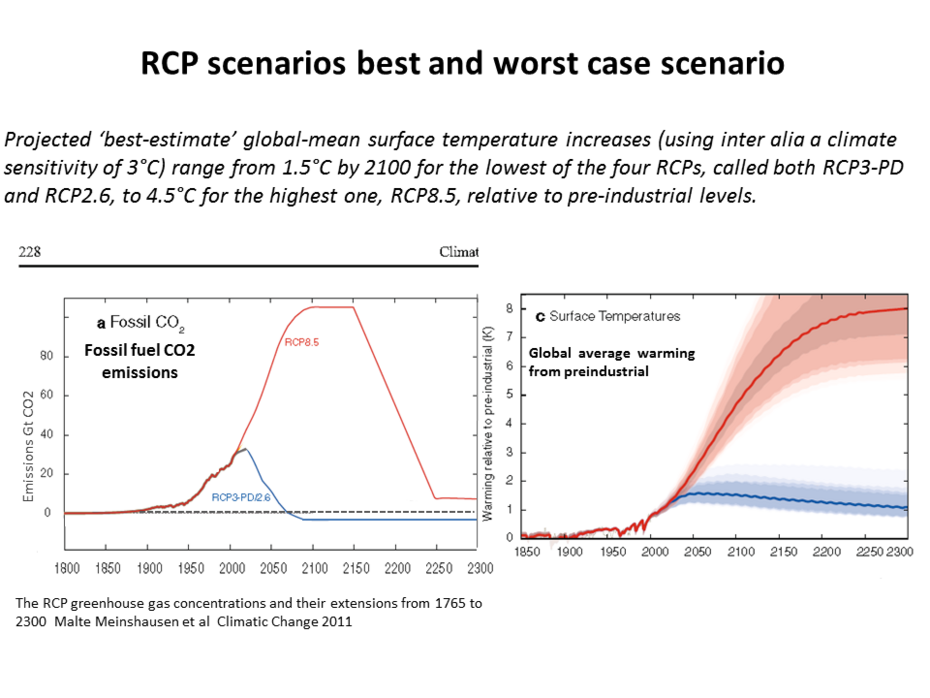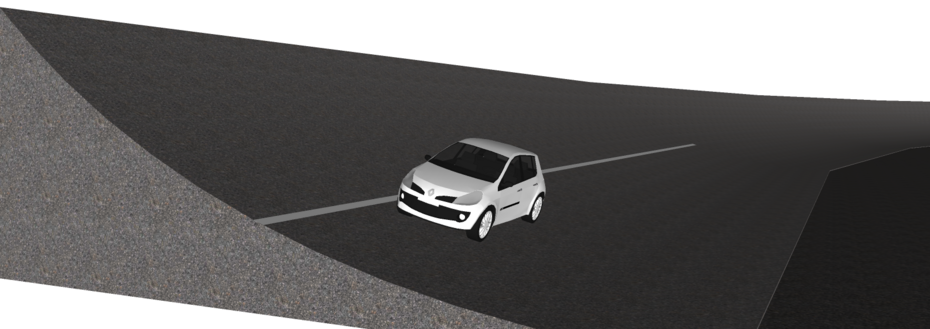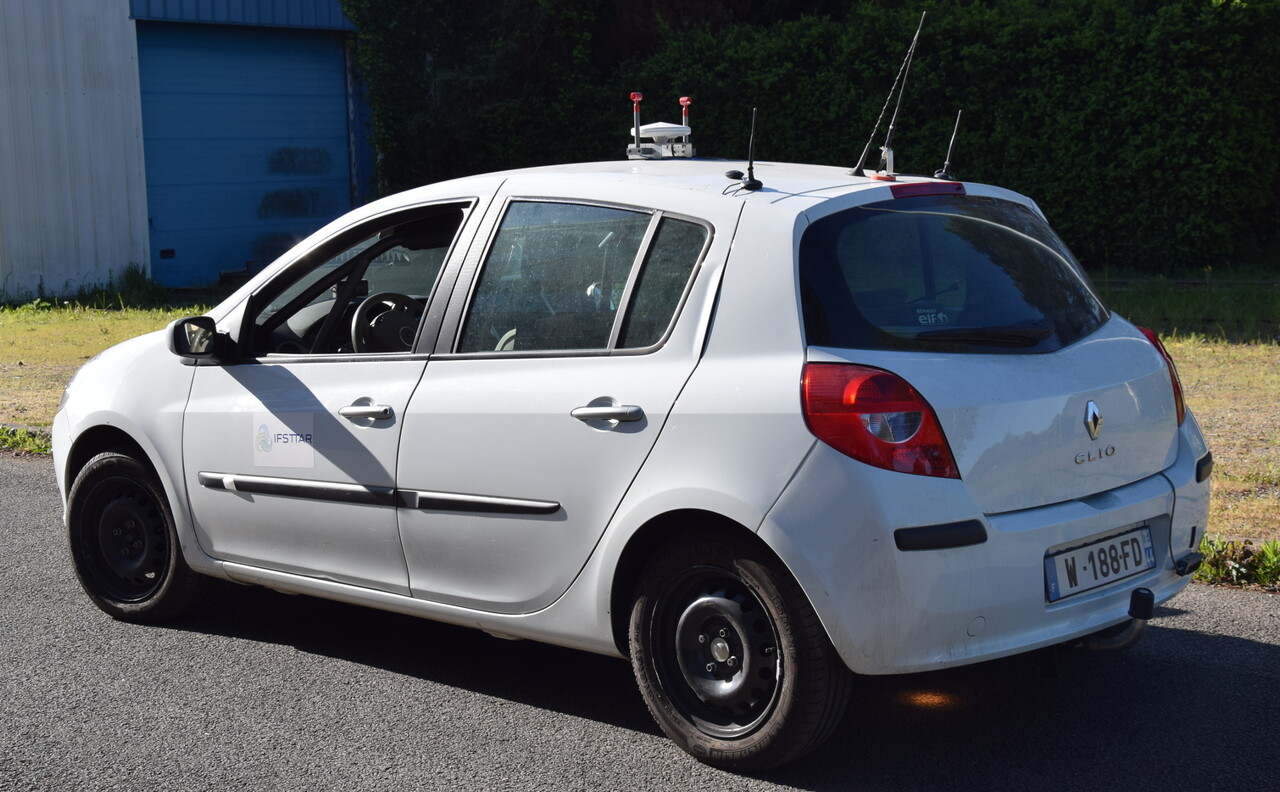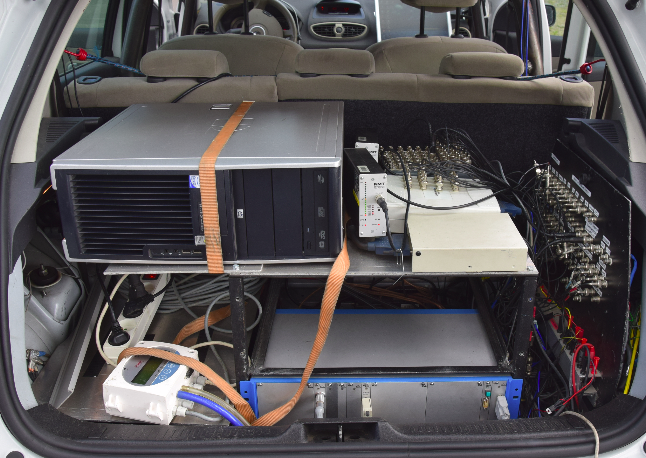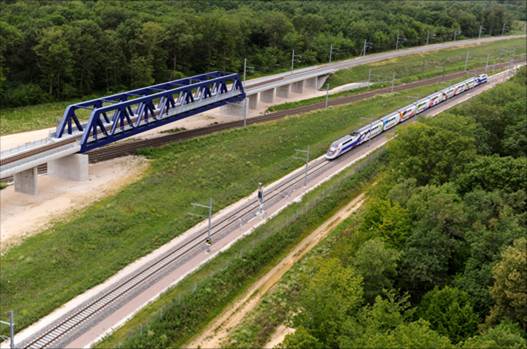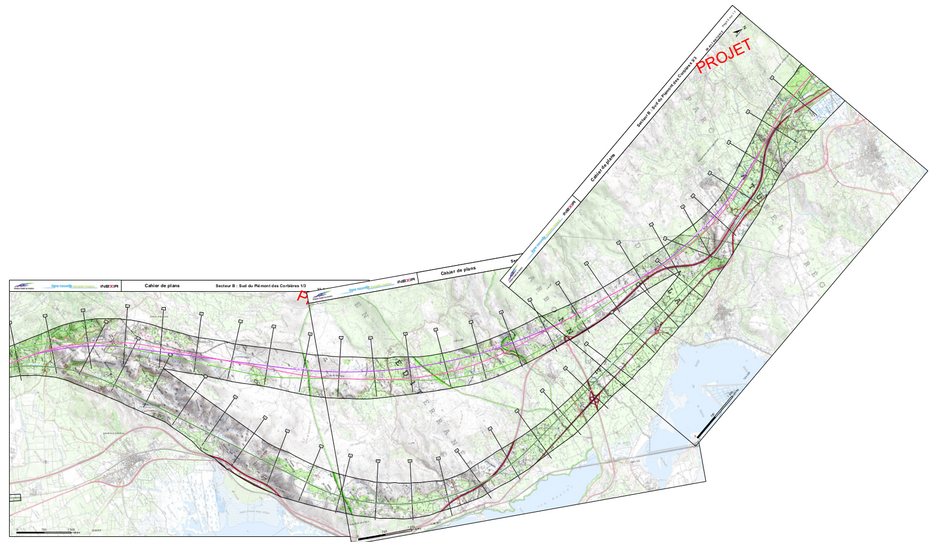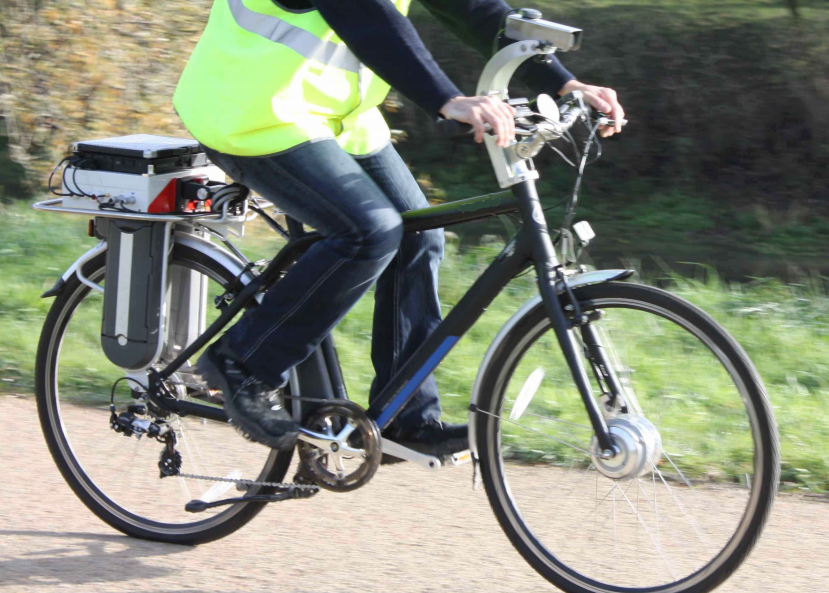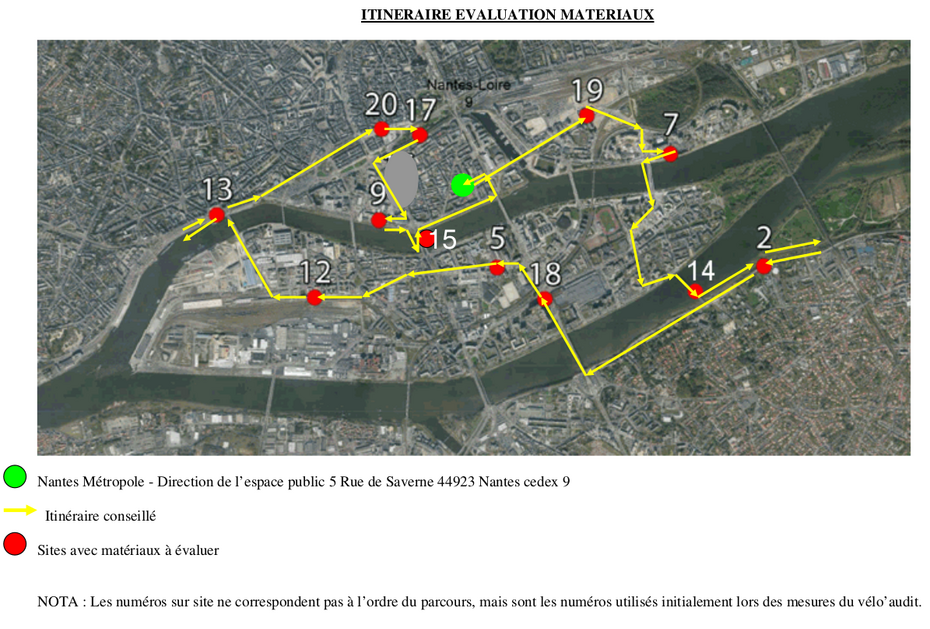Sustainable infrastructure operation
Reducing the fuel consumption is one of the highest priorities for most countries in order to moderate greenhouse gas (GHG) effects and to face with the petroleum resources depletion issue and its economic consequences.
- At the global scale, An estimation of the International Energy Agency, is that approximately 30 % of end-user energy and 62 % of end-user oil are consumed by the transport sector and this sector is responsible of around 23 % of GHG emission as indicated by the World Bank in 2015. Moreover, in 2017, the Organization for Economic Co-operation and Development (OECD) estimates that GHG emission of the transportation sector would increase by 60% of the 2015 level by 2050 . For the same period (between 2010 and 2050), in order to keep the global warming below 1.5 °C, experts from the Intergovernmental Panel on Climate Change (IPCC) advise to keep constant the emission of GHG from the transport sector.
- In Europe, In March 2011, the European Commission adopted a comprehensive strategy (Transport 2050) for a competitive transport system that will increase mobility, remove major barriers in key areas and fuel growth and employment. At the same time, the proposals will dramatically reduce Europe's dependence on imported oil and cut carbon emissions in transport by 60% by 2050.
- In France, for 2010-2050, a recent law on the energetic transition had set an ambitious objective to decrease the emission of transport sector by two thirds. Yet, the statistics published by French Ministry of Environment and Sea in 2017 showed that road transport still represents one third of energy consumption and 29 % of GHG emissions. The contribution of transport has been stable or has even slightly increased for the last 10 years despite the policy led by successive governments.
Our transport system has, therefore, to be rethought. We contribute to this general effort by a technical analysis of the relationship between transport infrastructures and the energetic consequences of their use.
Framework of our studies
Results of our previous work were to propose environmental impacts assessment method for construction and maintenance phases of road infrastructure. On this basis, we developped an eco-comparator applied to road construction and maintenance (called Ecorce M). Recent findings on both Road and Rail demonstrated the interest to take into account the use phase in theses assessment.
Our objective is to assess how transport infrastructure design influences their usage ?
This figure illustrates our framework: the design parameters influence the construction as well as the use and the maintenance. The first step is to build methodologies for assessing the consumed resources and the impacts of the different phases that are sensitive to the design parameters. By optimizing these parameters, we can mitigate the negative impacts and the resources consumed. This leads us to propose an eco-design of infrastructure that takes account of usage. But the evaluation also makes it possible to propose a better operation of the existing infrastructures.
Within this general framework, our work focuses on two criteria: energy consumption and GHG emissions and on the assessment of the use phase. Currently, environmental impacts indicators are numerous. There is not a clear consensus at the international level on methods to compute the majority of them. It is the reason why, we focus on these two criteria which are robust and validate by the scientific community.
Safety requirements are taking into account in the analysis of the optimized solution.
Our research are about a methodology taking into account the use phase of rail and road infrastructure. Influences of the geometrical characteristics, of the surface properties, and of operation management are studied inside collaboration with others laboratories from Gustave Eiffel university (Ifsttar).
Road is often seen as an invariant of the vehicle-infrastructure-driver system. Numerous studies have focused on limiting the fuel consumption of vehicles while investigating benefits from vehicles enhancements or drivers eco-driving behaviors. Studies on the influence of the road on consumption are more rare and often solely involve rolling resistance. Our studies have a different positioning by studying the influence of geometric parameters of the road: crossfall, slope and more recently, traffic signs and speed management.
Slope Influence
This influence is more documented than for the crossfall effect. We are working on optimization algorithm on the longitudinal profile of road by taking into account of the both impacts of the construction and of the traffic by using models of construction and models of vehicle consumption.
This research work is done with the ECO7 laboratory on the Lyon campus of the Gustave Eiffel University.
Traffic signs influence
Road signs are designed for safety. Our purpose is to propose local modifications of road signs in order to increase the possibilities of eco-driving while keeping underlying safety requirements.
This is the framework of one of our PhD Student, Emir Deljanin, whose thesis title is: “Eco-driving potentiality of road infrastructure with emphasis on geometric characteristics and vehicle speed on roads”
This thesis is under the joint supervision of the University of Sarajevo (Bosnie-Herzégovine) (2016-2019) and of the University of Nantes (Ifsttar).
Railways
The link between design and traffic is easier to tackle in the rail domain because the rolling stock is less heterogeneous than for road traffic. This link has been studied in the research partnership, entitled “to improve the energy-carbon efficiency of railways investments” between RFF (which becomes SNCF-Réseau) and Gustave Eiffel university (Ifsttar).
This partnership supported the PhD Thesis of Romain Bosquet (Energy modeling and identification of trains in order to ecodesign high speed lines), (thesis defense: June, the 23rd,, 2015).
We worked on identification of high-speed train models based on approval tests of the high speed line (HSL) Rhin-Rhône. In addition, colleagues from Ease developed assessment model for the construction phase.
These findings lead us to propose the methodology PEAM: Project Energy Assessment Method which has been applied for comparing the energy consumption of two project variants of the HSL project between Montpellier and Perpignan.
Peam is presented in Bosquet, R., A. Jullien, P-O. Vandanjon, M. Dauvergne, and F. Sanchez. “Eco-Design Model of a Railway: A Method for Comparing the Energy Consumption of Two Project Variants.” Transportation Research Part D: Transport and Environment 33 (2014): 111–24. https://doi.org/10.1016/j.trd.2014.08.003
Bicycle track
We are leader of the targeted initiative from university (Ifsttar) : Cycleval (2016-2017). Cerema developed an instrumented bicycle in order to inspect bicycle tracks. This specific bicycle is called “Velaudit”. We are working on a new version of it with a new capacity for measuring the difficulty in cycling of a route (cyclability of a route). The Follow-up Committee includes: Ifpen, laboratoire Xlim, Geovelo, NovaBuild, Nantes métropole, AF3V, Cerema Nantes.
